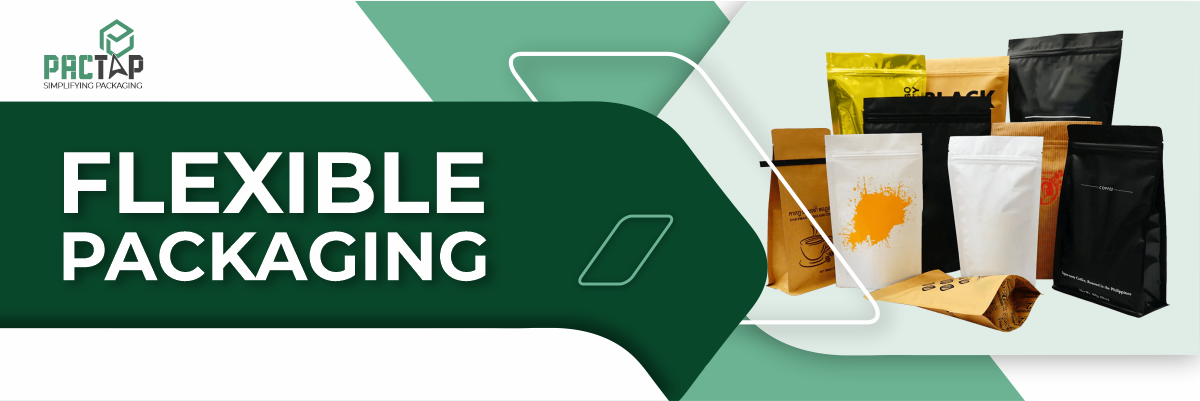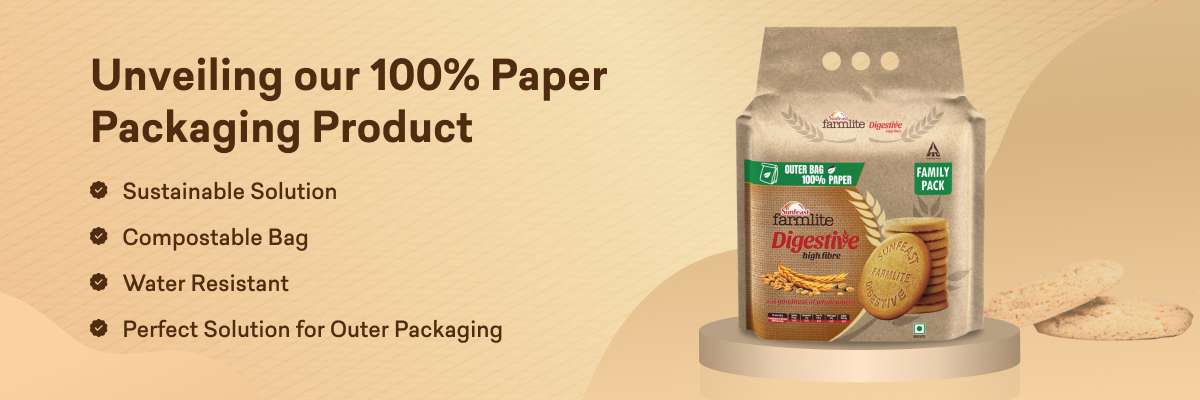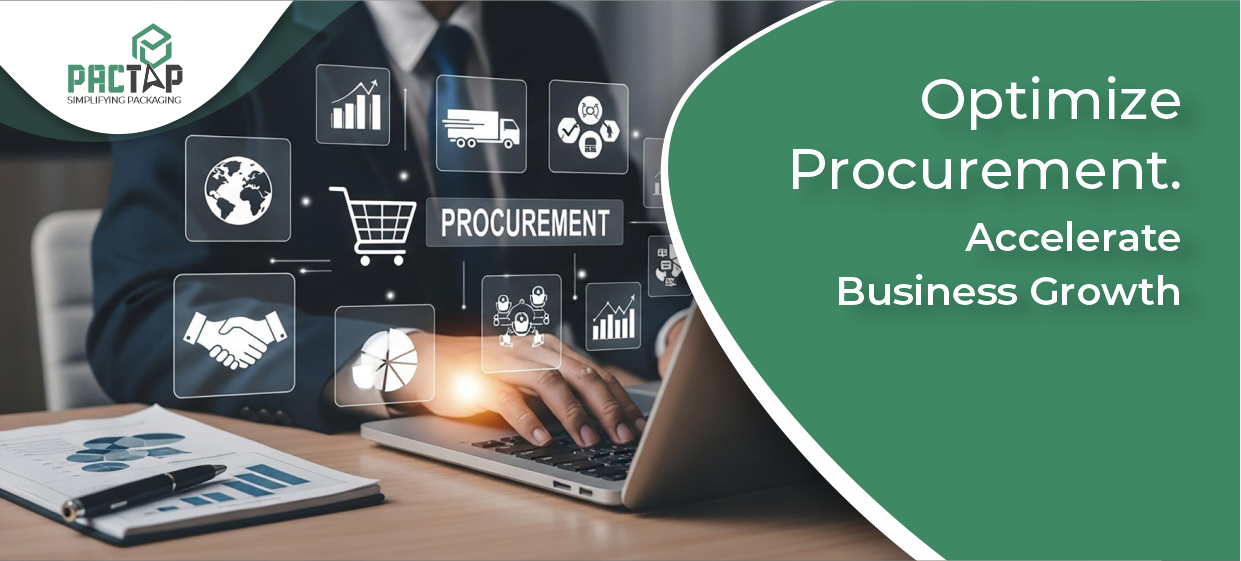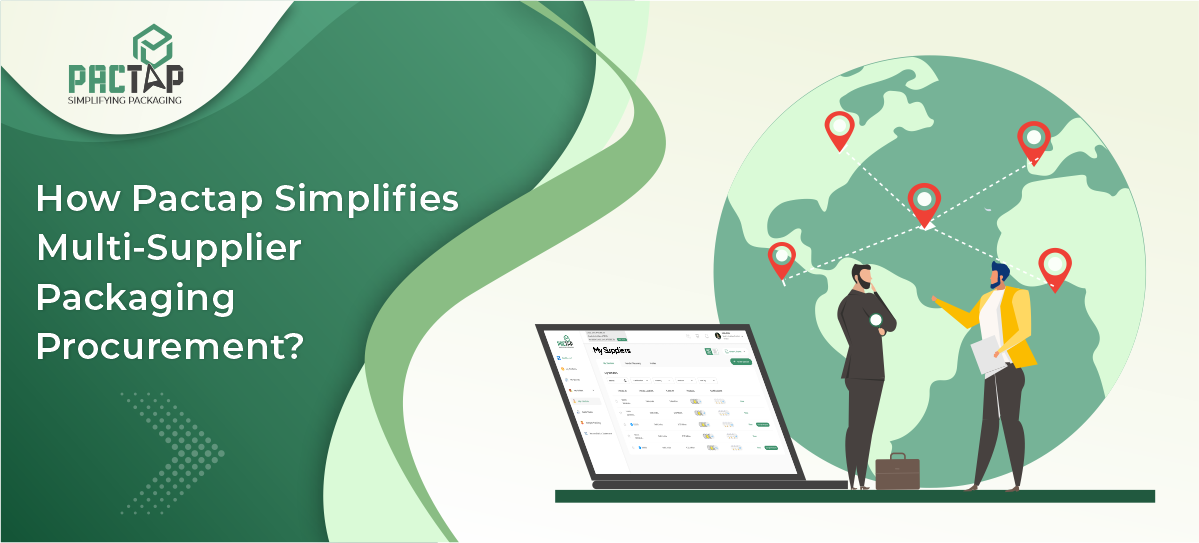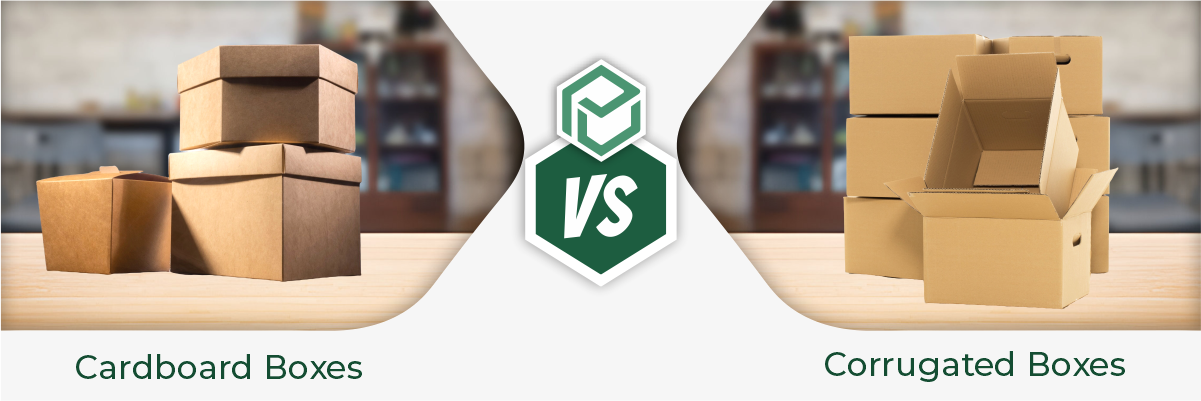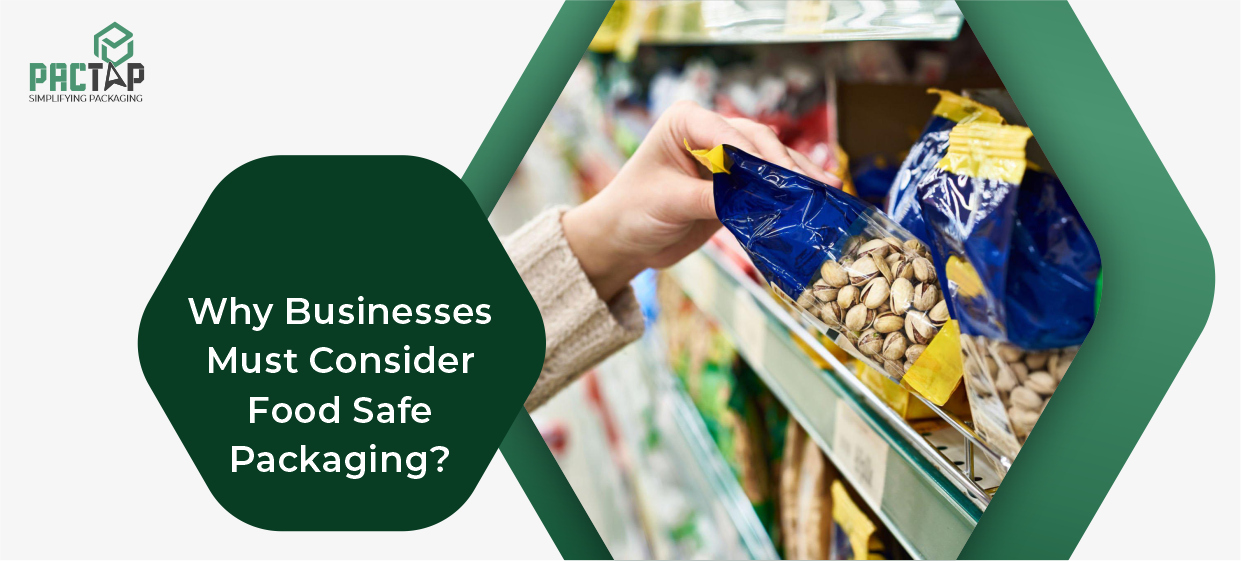In today’s fast-paced consumer market, businesses are constantly seeking innovative packaging solutions that enhance product protection, brand appeal, and sustainability. Enter flexible packaging – a versatile and adaptable packaging format rapidly transforming various industries. The article dives into the realm of flexible packaging, examining its properties, uses, and the many advantages it provides to companies.
What is Flexible Packaging?
Flexible packaging refers to any type of package constructed from non-rigid materials that readily conform to the shape of the product it contains. These materials can be plastic films, aluminum foil, paper, or a combination of these, often laminated together to create a multi-layered structure with enhanced functionality. Flexible packaging comes in various forms, including pouches, bags, sachets, wraps, roll stock, and lidding films, catering to a diverse range of product applications.
Types of Flexible Packaging Materials
A wide range of materials can be employed to create flexible packaging, each offering distinct properties and applications. Some of the most widely used materials include:
Plastic Films
- Polyethylene (PE)
- Low-Density Polyethylene (LDPE): Soft, flexible, and has good moisture vapor barrier properties. Ideal for packaging fresh fruit, frozen meals, and baked products.
- High-Density Polyethylene (HDPE): Strong, rigid, and has excellent chemical resistance. Commonly used for packaging milk, juice, and detergent.
- Linear Low-Density Polyethylene (LLDPE): Tough, puncture-resistant, and has good impact strength. Frequently used to package heavy-duty items such as fertilizers and building supplies.
- Polypropylene (PP)
- BOPP: Biaxially Oriented Polypropylene, a clear, strong, and heat-sealable film. Widely used for packaging snacks, confectionery, and pharmaceuticals.
- CPP: Cast Polypropylene, a flexible, heat-sealable film with good clarity and gloss. Ideal for packaging fresh produce, meat, and cheese.
- Polyvinyl Chloride (PVC): While versatile, PVC’s environmental concerns have led to a decline in its use for food packaging. However, it’s still used for non-food applications like medical devices and industrial products.
- Polyester (PET)
- PET: A strong, clear, and heat-sealable film with excellent barrier properties. Typically used for packaging beverages, water, and oil.
- Metalized PET: Provides a high barrier to moisture, oxygen, and light, making it suitable for packaging snacks, coffee, and tea.
Paper
- Kraft Paper: Strong, durable, and recyclable. Often used for packaging heavy-duty products like building materials and industrial goods.
- Greaseproof Paper: Resistant to grease and oil, making it ideal for packaging bakery products, fast food, and frozen foods.
Laminates
- Paper/Plastic Laminates: These laminates combine plastic’s barrier qualities with the paper’s strength and printability. Used to package consumer products, beverages, and food.
- Plastic/Plastic Laminates: Offer a wide range of properties, including high barrier, heat sealability, and puncture resistance. used to package a wide range of things, including industrial and food items.
Metallized Films
- Aluminum Foil: Excellent barrier properties, heat sealability, and a shiny appearance. Used for packaging food, pharmaceuticals, and household products.
- Metalized Polyester: Combines the strength and clarity of PET with the barrier properties of metallization. used to package pet food, candy, and snacks.
By understanding the unique properties of these materials, businesses can select the optimal packaging solution to protect their products, enhance their brand image, and meet consumer demands.
Why Choose Flexible Packaging?
Flexible packaging has revolutionized the way products are packaged, offering a multitude of benefits that have made it an indispensable choice for businesses across diverse industries.
Cost-Effectiveness
- Reduced Material Usage: Flexible packaging often requires less material compared to rigid packaging, such as glass or metal. This streamlined approach leads to lower production costs and reduced waste.
- Efficient Distribution: The lightweight nature of flexible packaging significantly reduces shipping and transportation costs. This efficiency translates into lower overall operational expenses for businesses.
Enhanced Product Protection
- Barrier Properties: It is possible to build flexible packaging materials to have outstanding resistance to light, oxygen, and moisture. These advanced materials help preserve product freshness, quality, and flavor, ensuring consumer satisfaction.
- Tamper-Evident Features: Many flexible packaging solutions incorporate innovative tamper-evident seals and other security measures. These features safeguard products from contamination, unauthorized access, and counterfeiting, building trust with consumers and protecting brand reputation.
Improved Shelf Appeal
- Customizable Designs: Flexible packaging offers unparalleled design flexibility. Businesses can create vibrant, eye-catching graphics and personalized branding elements that effectively communicate product benefits and resonate with target audiences.
- Innovative Formats: Unique packaging formats, such as stand-up pouches, reclosable bags, and doy packs, can differentiate products on store shelves, capture consumer attention, and drive sales.
Environmental Sustainability
- Reduced Waste: Flexible packaging often requires less material and energy to produce compared to traditional packaging options. This reduced environmental impact contributes to a more sustainable future.
- Recyclability: Many flexible packaging materials are recyclable, promoting waste reduction and resource conservation. By choosing recyclable packaging, businesses can demonstrate their commitment to sustainability and corporate social responsibility.
Consumer Convenience
- Portability: Flexible packaging is perfect for eating while on the go because it is lightweight and manageable. This convenience appeals to busy consumers seeking practical packaging solutions.
- Easy Opening and Reclosure: Features like resealable zippers and tear notches provide added convenience for consumers. These user-friendly features enhance the overall consumer experience and encourage repeat purchases.
By leveraging the numerous advantages of flexible packaging, businesses can optimize their supply chain, reduce costs, improve product protection, enhance brand appeal, and contribute to a more sustainable future.
What are the Different Types of Flexible Packaging?
Pouches
- Stand-up Pouches: These versatile pouches offer excellent shelf appeal and can be filled with a variety of products, including snacks, powders, and liquids. They can be customized with resealable zippers, spouts, and tear notches..
- Lay-flat Pouches: These flat pouches are ideal for packaging powders, granules, and small items. They are often used for food products like coffee, tea, and spices.
- Spouted Pouches: Equipped with a spout, these pouches are perfect for liquid products like sauces, juices, and oil. They offer convenient dispensing and storage.
Bags
- Side-gusset Bags: These bags expand to accommodate bulkier products, making them ideal for packaging items like pet food, flour, and sugar.
- Block Bottom Bags: These bags have a square bottom, providing stability and maximizing shelf space. They are frequently used to package food, tea, and coffee.
- Flat Bottom Bags: These bags have a flat bottom, making them easy to stack and transport. They are often used for packaging food products like rice, pasta, and cereals.
Wraps
- Flow Wraps: These wraps tightly enclose individual products, providing protection and a clean, professional appearance. They are commonly used for packaging candy, snacks, and bakery items.
- Overwraps: These wraps bundle multiple products together, offering convenience and portion control. They are often used for packaging multiple snacks, drinks, or toiletries.
Rollstock
- Rollstock: This material comes in rolls and can be converted into various packaging formats, including pouches, bags, and wraps. It offers flexibility and customization, allowing businesses to create unique packaging solutions.
By understanding the different types of flexible packaging and their specific applications, businesses can select the optimal packaging solution to protect their products, enhance their brand image, and meet consumer demands.
Applications of Flexible Packaging Across Industries
Flexible packaging finds application in a vast array of industries due to its versatility and protective properties. Here are some prominent examples:
- Food and Beverage: Stand-up pouches for snacks, coffee, and condiments; resealable bags for chips and cookies; film wrappers for candy and bakery items; pouches for liquid products like juices and sauces.
- Pharmaceuticals and Medical Products: Blister packs for tablets and capsules; pouches for sterile medical devices; foil wrappers for light-sensitive medications.
- Personal Care and Cosmetics: Stand-up pouches for shampoos and lotions; single-serve sachets for creams and serums; film wrappers for soaps and hygiene products.
- Household and Industrial Products: Pouches for detergents and cleaning solutions; resealable bags for pet food; film wrappers for hardware and tools.
- Agriculture: Stand-up pouches for seeds and fertilizers; film packaging for fresh produce.
Choosing the Right Flexible Packaging Solution
Choosing the best flexible packaging solution requires careful consideration of numerous criteria.
- Product Characteristics: Identify the physical and chemical properties of the product, such as weight, size, and sensitivity to factors like moisture, light, and oxygen.
- Shelf Life Requirements: Choose materials and barrier properties that ensure product freshness and quality throughout its intended shelf life.
- Functionality: Consider features like resealable closures, easy-open mechanisms, and microwave-safe capabilities based on your product’s usage.
- Sustainability Goals: Explore options with recyclable or compostable materials to align with your environmental sustainability commitments.
- Cost Considerations: Balance functionality and material choices with your budget to find the most cost-effective solution
What are the Future of Flexible Packaging Innovation and Sustainability?
The flexible packaging industry is constantly evolving, driven by advancements in material science, printing technology, and a growing focus on sustainability. Let’s explore some exciting trends shaping the future of this dynamic sector:
- Smart Packaging: Integration of sensors and tracking technology within flexible packaging allows for real-time monitoring of product quality and freshness. This increases customer trust and gives businesses useful data.
- Bio-based Materials: The development of bioplastics derived from renewable resources like corn starch and cellulose offers a sustainable alternative to traditional petroleum-based plastics.
- Compostable Packaging: Increased focus on compostable materials like polylactic acid (PLA) allows for responsible disposal and reduces landfill waste.
- Recyclable Films: Advancements in multi-material laminates with improved separation techniques facilitate efficient recycling of flexible packaging.
- Antimicrobial Packaging: Films infused with antimicrobials can help reduce the growth of bacteria and extend shelf life, promoting food safety.
- Stand-up Pouches with Enhanced Functionality: Pouches with integrated zippers, spouts, and dispensing mechanisms further improve consumer convenience and product usability.
Conclusion
The way goods are packaged, moved, and used has been completely transformed by flexible packaging.Its versatility, cost-effectiveness, and potential for sustainable solutions make it a preferred choice for businesses across diverse sectors. As the industry continues to innovate and prioritize sustainability, flexible packaging is poised to play an even more significant role in the future of consumer goods.
